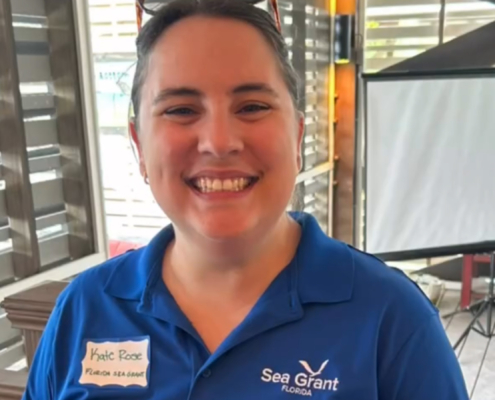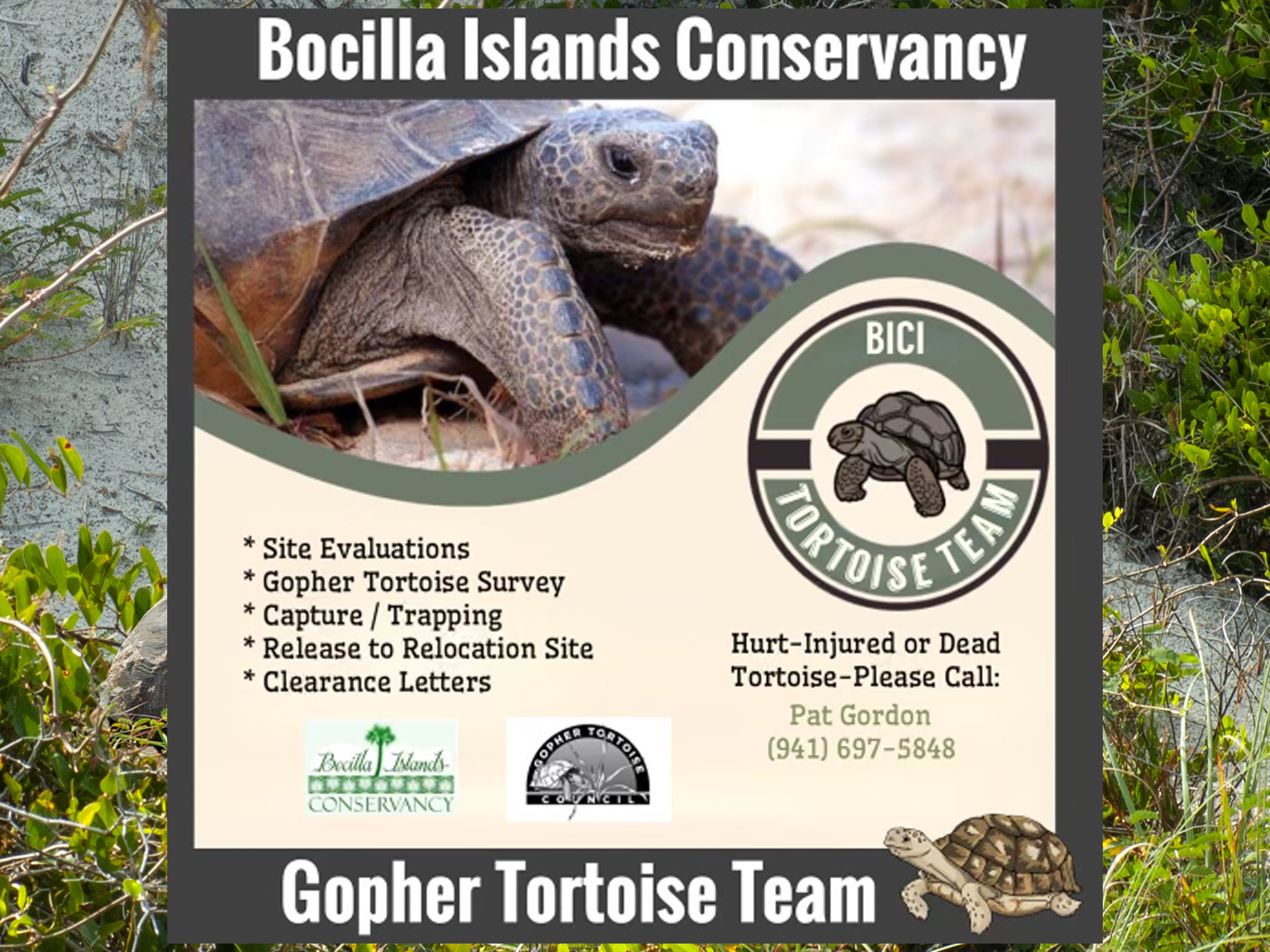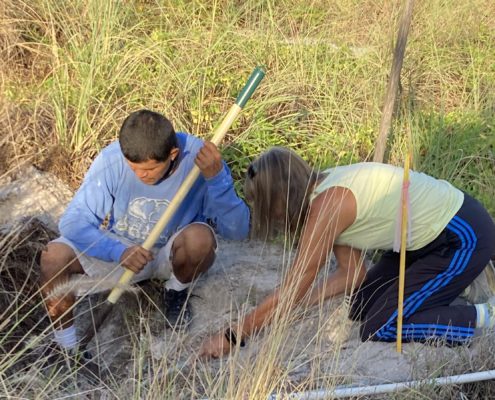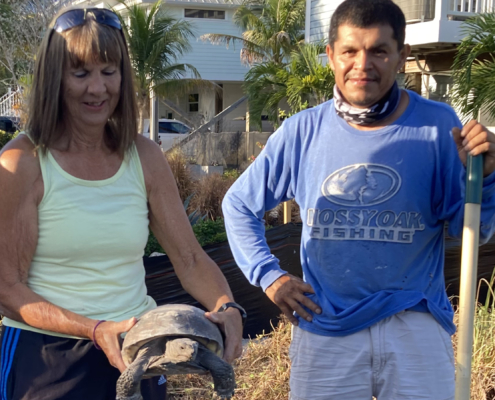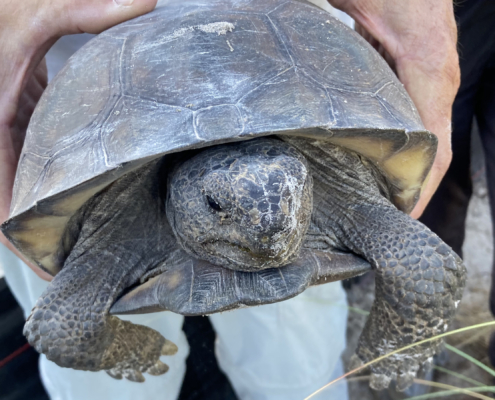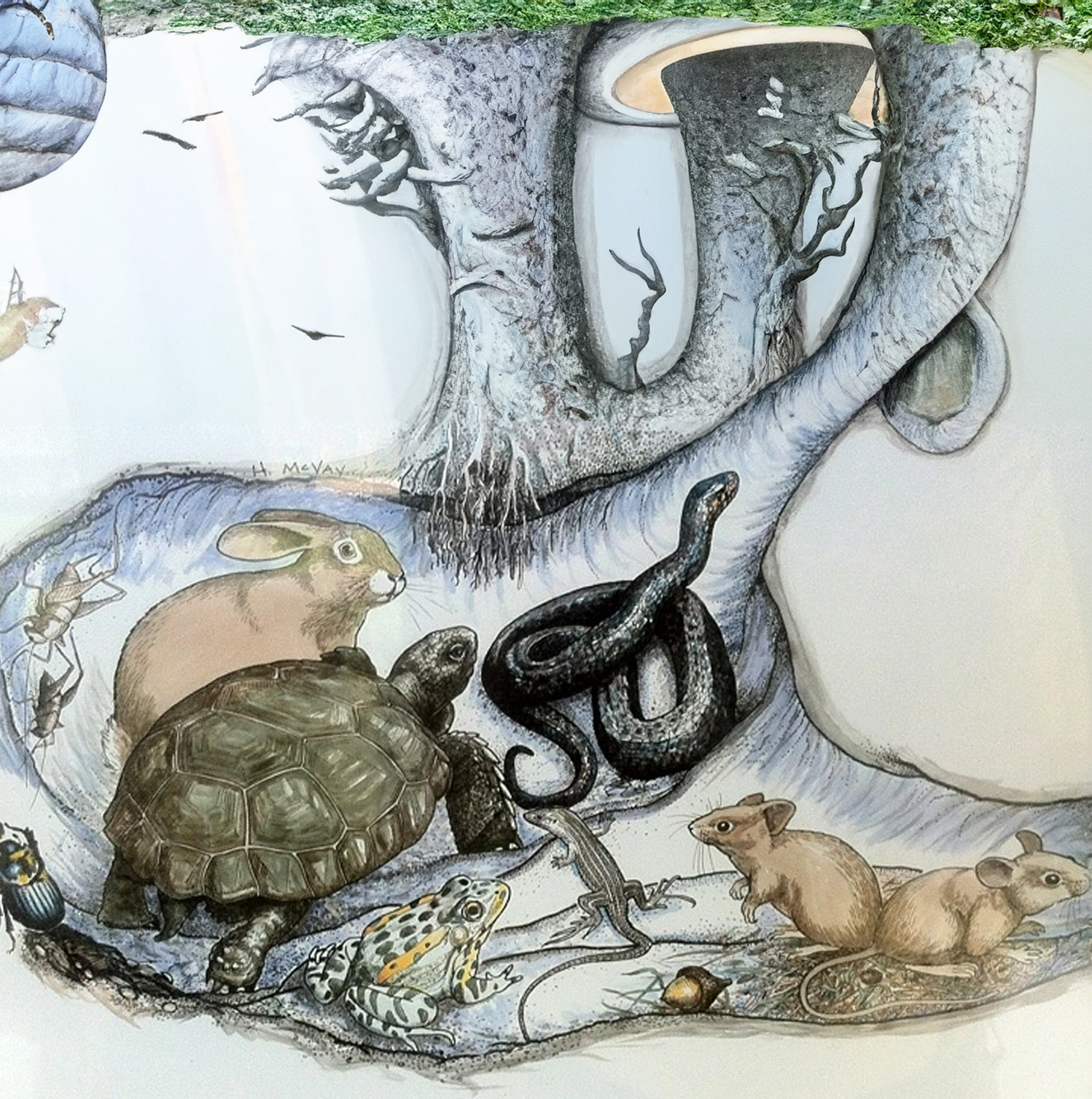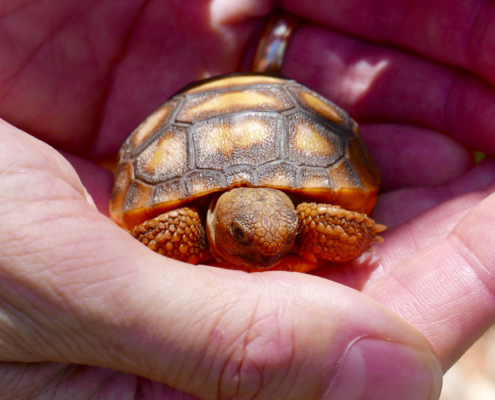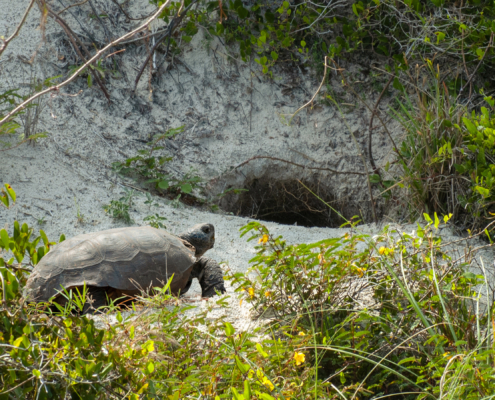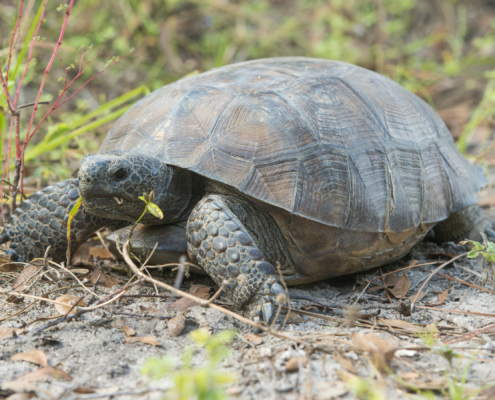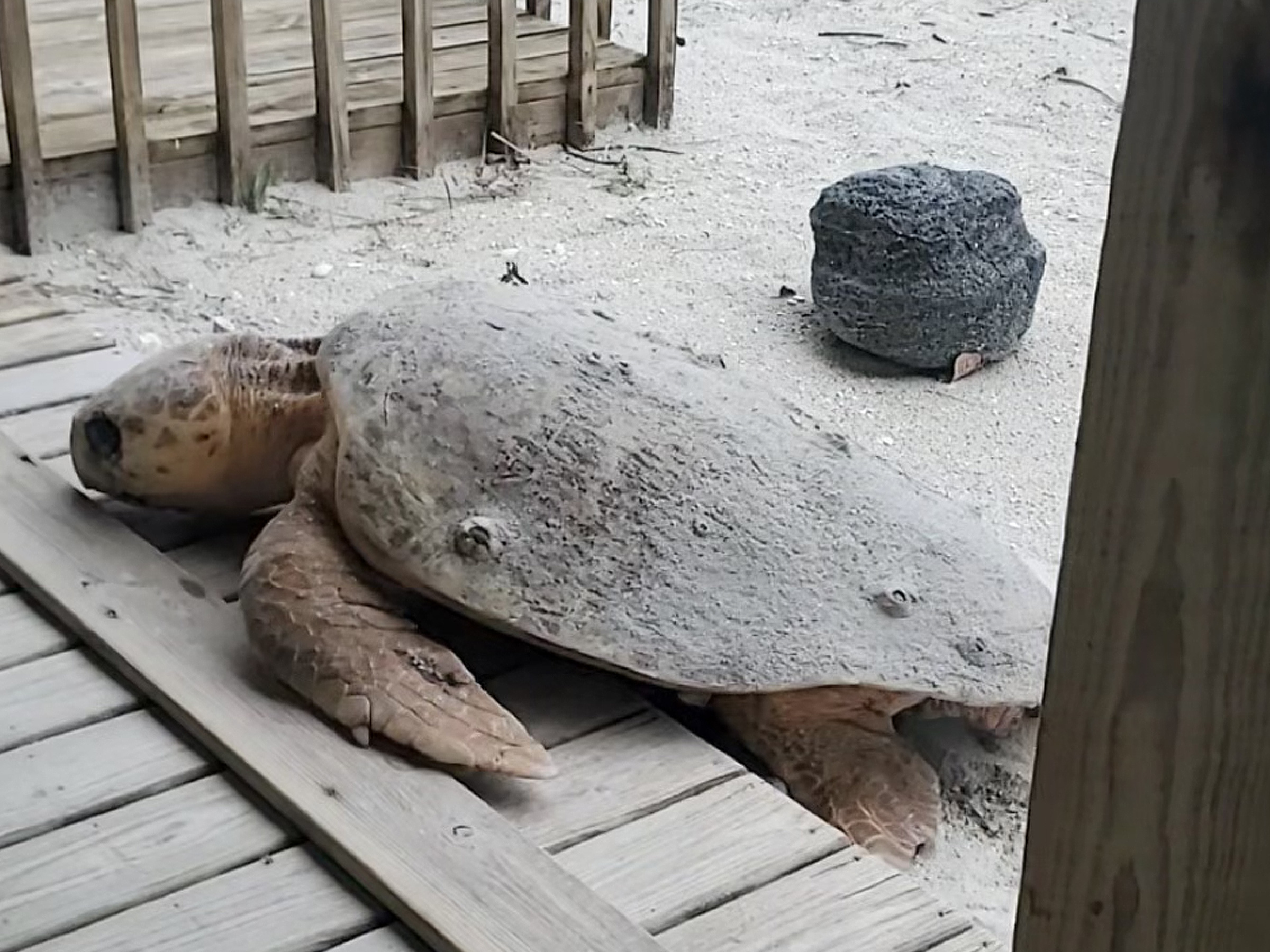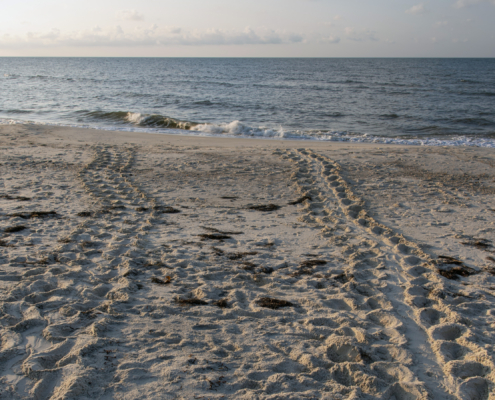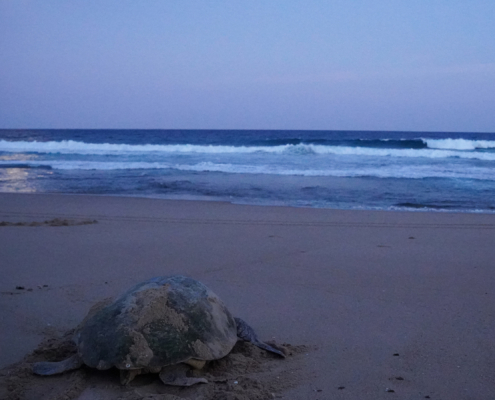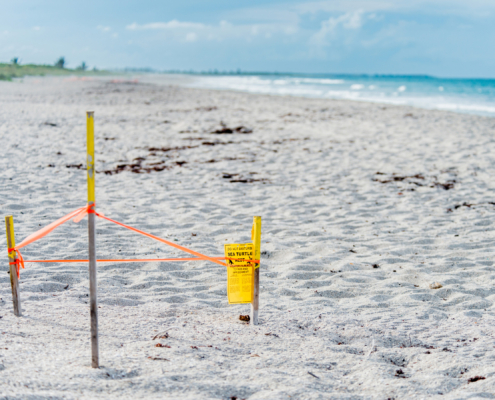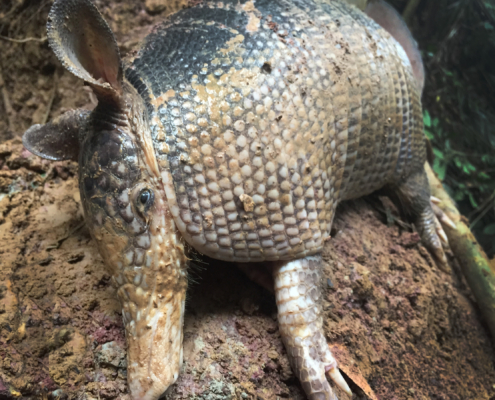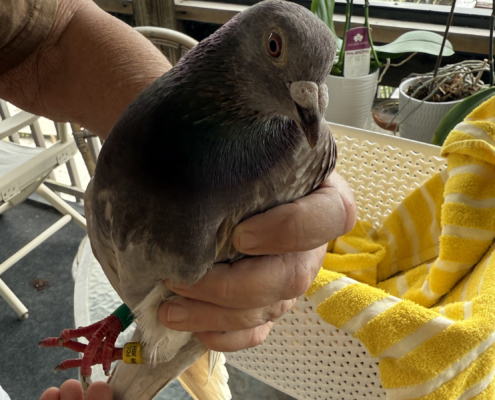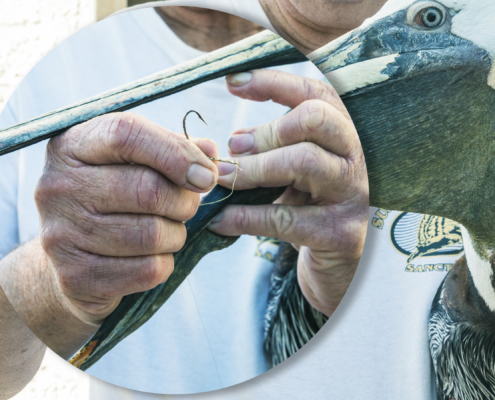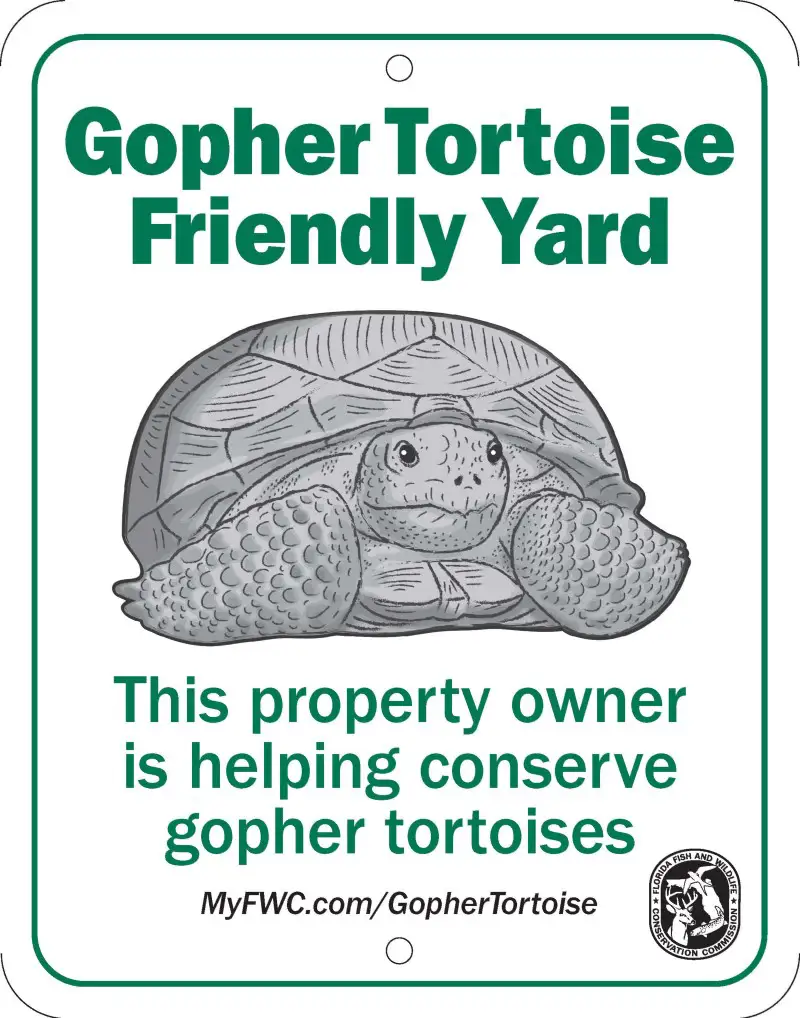The Coastal Wildlife Club’s primary responsibility as turtle patrollers is to monitor, document, and report on sea turtle activity for the state of Florida. From mid-April through October, each day from about dawn, CWC patrollers walk the Gulf beaches, primarily on Manasota Key, looking for evidence of sea turtle activity from the previous night. A secondary but also important responsibility is outreach.
Patrollers walk on assigned days and in assigned zones or beach sections, most about a half-mile long. Most patrollers walk in pairs or small groups.
Early in the season, we look for wide, vehicle-like tracks in the sand left by female sea turtles that crawl onto the beaches in search of suitable nest locations. Later on we also look for tiny tracks left by little hatchlings.
Of the seven species of sea turtles world-wide, three nest on Florida’s beaches. The predominant nester here is the loggerhead. Greens nest here in increasing numbers. Kemp’s ridleys, the smallest and rarest of the sea turtles, nest in Florida in very small numbers. Loggerheads and green sea turtles usually nest at night. In contrast, Kemp’s Ridleys nest during the day, particularly very windy days.



